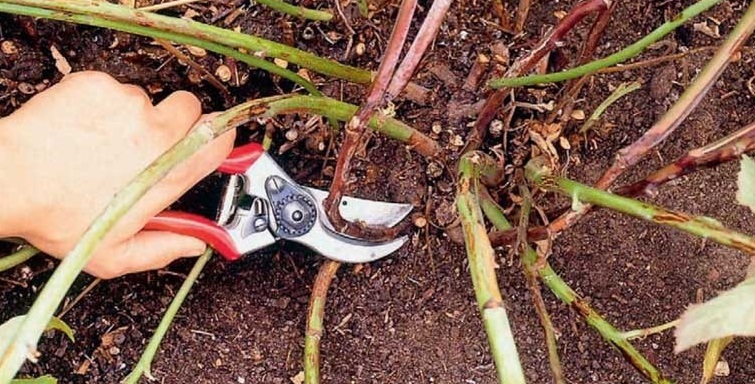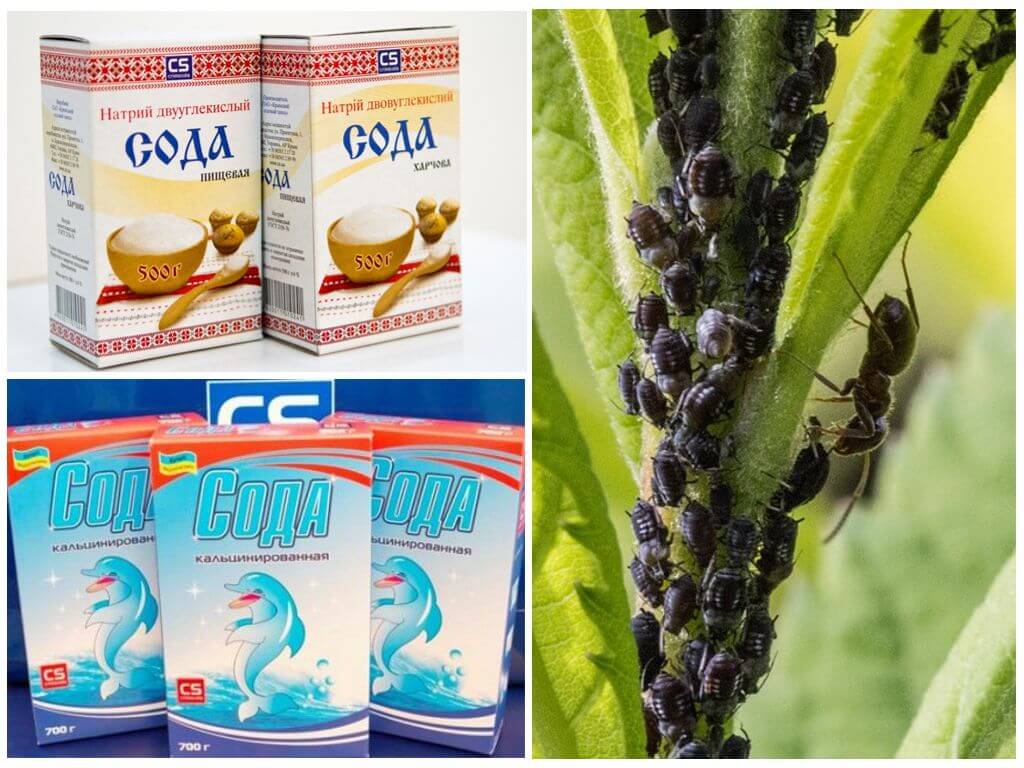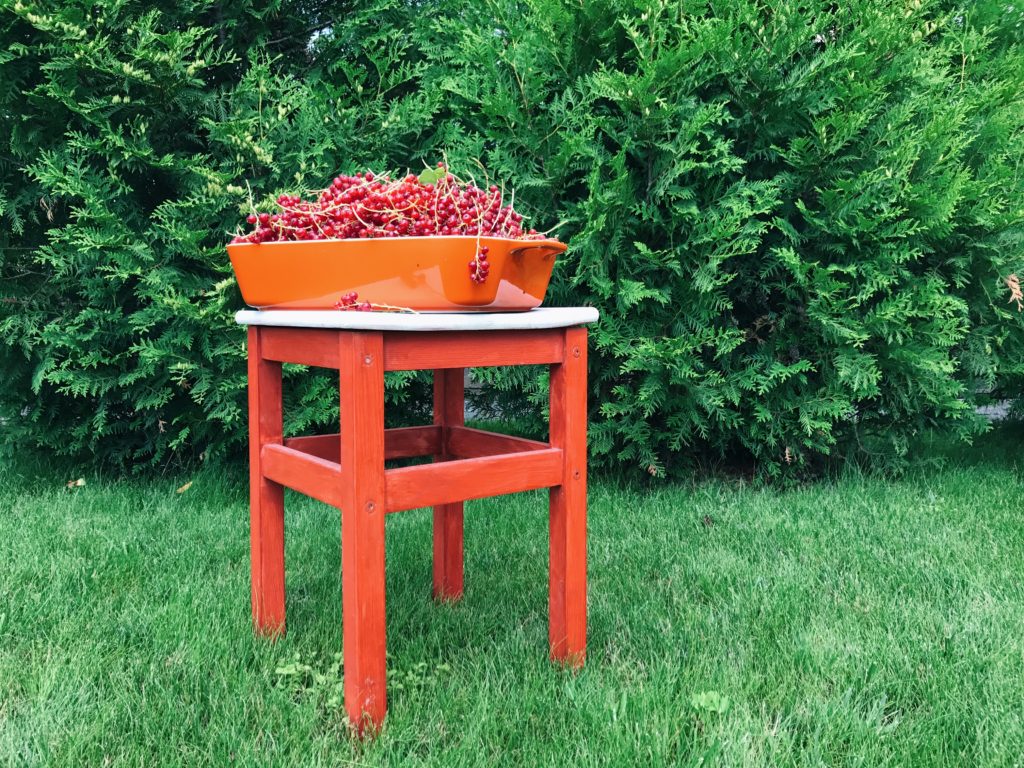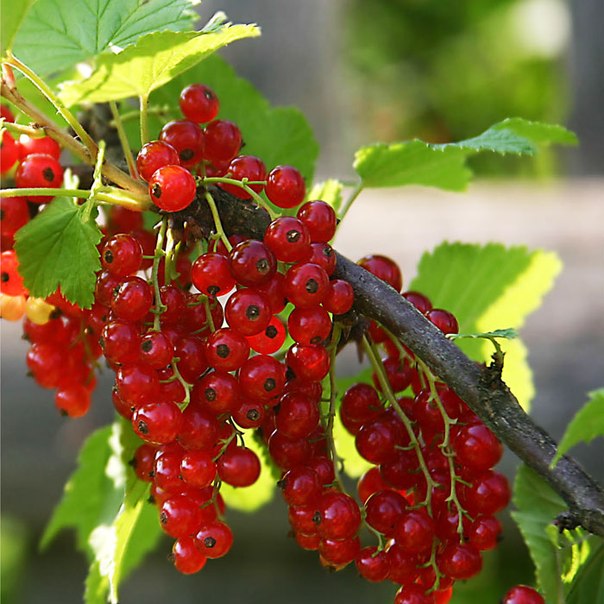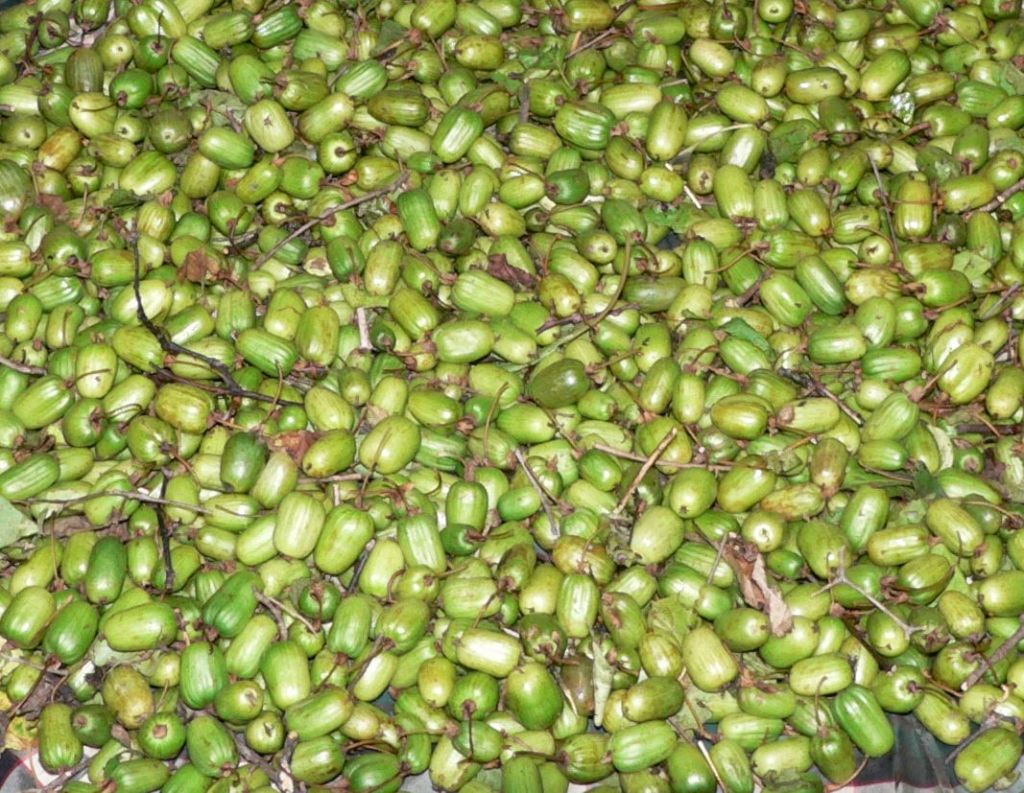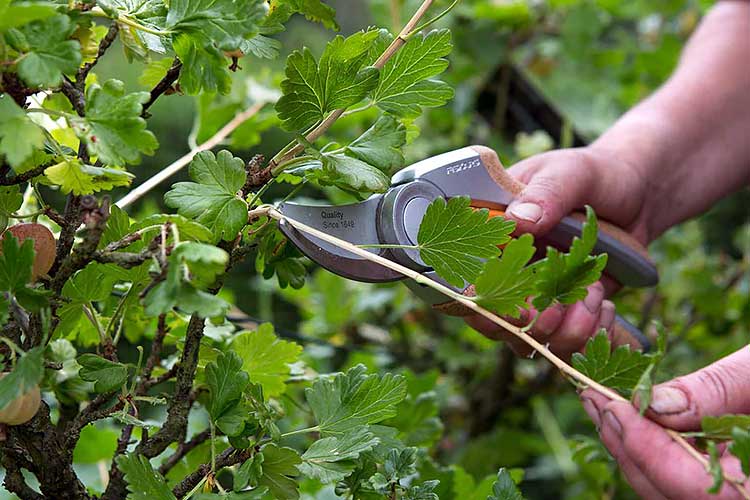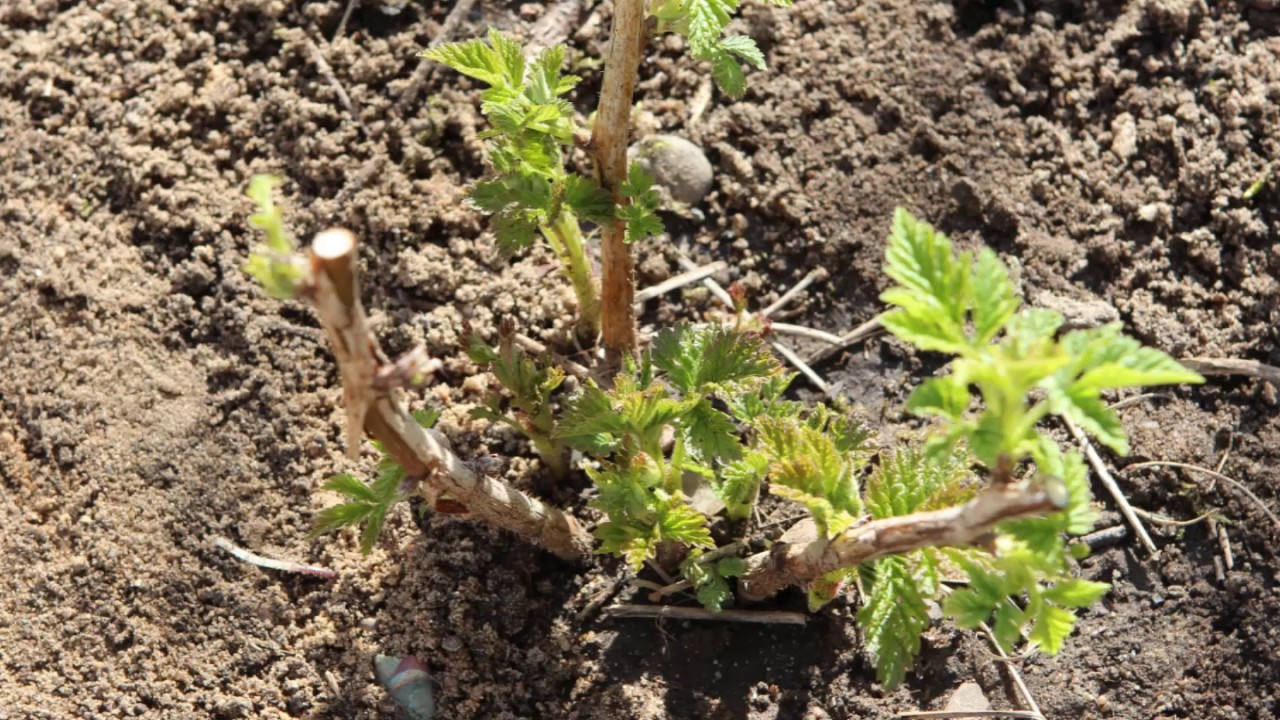Content:
Red currant is a common berry, loved by everyone for its taste and large amount of vitamin C, iron, potassium and nutrients. It is not necessary to buy it, since you can grow and breed it yourself at your summer cottage. In order to get a good berry harvest, it is not enough just to place the bush in the ground, water it and fertilize it. This plant requires shaping, i.e. pruning.
The purpose of pruning currants
Pruning red currants in spring is the best care procedure for this shrub. This is done in order to form a bush and rejuvenate and lighten it. A well-formed shrub yields faster and more.
Thus, the shrub is freed from old, mossy and damaged branches. Excessive density is removed, and access to the berries becomes easier, both for sunlight for better ripening and for a person to collect them.
Correct shrub pruning
It is important to properly prune the branches of this berry plant. This procedure is carried out the next year after planting. All branches are removed to the soil level, and only 3-4 well-developed basal shoots remain.
In the following spring seasons, strong branches also remain and weak branches are pruned until a bush of 3-4 branches each year forms.
After 6 years, anti-aging pruning will be required.
Step-by-step (annual) treatment of the bush:
- 1st year - do not touch the bush so that it grows roots;
- 2nd - leave no more than 4 strong shoots;
- 3rd - remove zero and damaged shoots, also in the 4th year after planting.
In the fifth year of growth, there are already about 20 skeletal branches on the bush, around which young and damaged shoots are eliminated for sanitary purposes.
Step by step instructions, scheme
How to prune red currants correctly in spring? It is important to start pruning before the sap begins to move through the branches and buds. Since the bush begins to wake up at a temperature of +5 - + 6 ° C, it must be processed in early spring.
There is a certain step-by-step scheme for this:
- When the shoot is removed, 0.5 cm retreats from the intended bud (so that the healthy bud does not dry out, because if you leave most of the branch, it will provoke drying);
- Remove all shoots that grow towards the inside of the bush (to reduce the density of the crown and thereby eliminate the formation of pathogenic fungi and prevent incomplete ripening of the berries);
- Cut off zero and young shoots at the root (as they pull vitamins and juice from plants, without yielding a crop);
- Cut off every 2-3 buds on the remaining branches from above (to activate the dormant lateral peepholes in growth, so that the bush forms not upwards, but in breadth).
You need to cut with garden shears (secateurs) at an angle in one sharp motion. If you prune in several movements, the branch will crack and be damaged, which will lead to the drying out of the part of the plant on which it was.
Pruning young and old bushes is different:
- Young currant plants are shortened 20 cm from the ground, and 3-4 healthy buds remain, in order to develop the root system this season, which will lead to the development of the entire bush next year;
- Old bushes are processed more thoroughly (old dry branches growing inward, non-fruiting, shading berries are removed).
Spring pruning benefits
Such care for a fruit plant has its advantages; it can be performed by both novice gardeners and experienced ones. Such pruning has the property of sanitary and formative, which leads to a positive result:
- Bad branches are eliminated, which will uselessly draw out juices and nutrients from the trunk and roots, and fruiting will improve;
- The load from the bush is reduced, which gives it more strength in order to nourish more berries with useful substances for ripening;
- The plant takes on a beautiful well-groomed appearance;
- The area for reproduction of pests decreases, it becomes better to process foliage from them;
- Access to the berries is easier and the harvest is easier.
Shrub care after pruning
After the red currants have been pruned, they still need to be cared for. The plant has become lighter, and the berries have more access to the sun, however, they still need to be fed and processed the foliage.
You can buy garden pitch or mix rosin, turpentine, melted unsalted pork fat (melt the wax over the fire and gradually add the remaining ingredients to it, stirring until smooth).
Every year after fruiting, a complex mineral fertilizer is required under the bush. It is best to apply them dry, no matter what kind of bush it is: black or red berries.
Also, this berry needs protection from pests. It is susceptible to powdery mildew and viruses. You can determine the health of a culture by the type of crown.
If the leaves turned red or blackened, twisted or began to fall off at the end of the summer period, then the bush was hit by anthracnose. Bordeaux liquid (1%) or the drug "Fitosporin", "Zircon" are well suited for the removal of this disease.
From such pests as aphids (red swellings on the foliage), caterpillar (eaten leaves), biological products "Fitoverm", "Iskra-bio" help. From folk methods, spraying with soda (drinking or soda ash) is suitable, you can lubricate the underside of the leaf with soda to eliminate aphids.
Rejuvenating the bush with pruning
Shrubs growing for more than 5 years require rejuvenation. Rejuvenation is carried out in the fall, after the leaves from the bush have already fallen, but the frosts have not yet come.
For this, old, dried and damaged skeletal branches near the ground are removed, the cuts are processed with garden pitch.
If 3-4 shoots are cut every year, then the bush will not need strong anti-aging treatment. But if the plant is running, then you need to choose 3-5 strong branches, and cut off the rest. Cut off the shoots on the remaining branches so that the crown is not too thick. Slices should be no higher than 3 cm from the ground, so that unproductive fast-growing sprouts do not form from them, leading to exhaustion of the bush.

